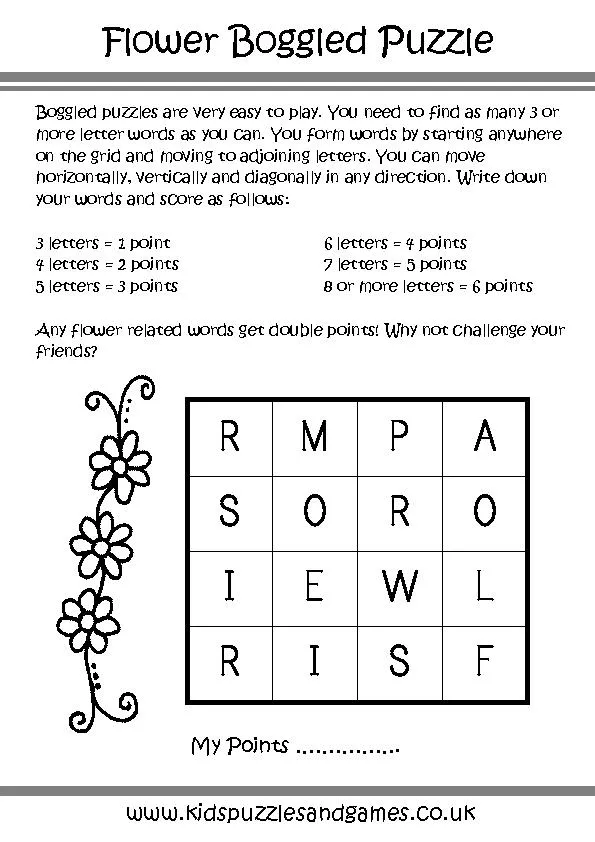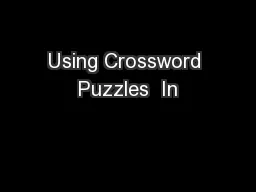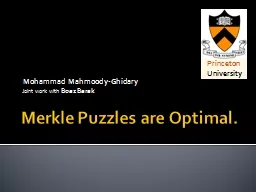PPT-No Easy Puzzles:
Author : calandra-battersby | Published Date : 2017-09-27
A Hardness Result for Jigsaw Puzzles Michael Brand FUN with Algorithms July 13 2014 Some variations Canonic shape Non canonic shape Nonplanar shape partially assembled
Presentation Embed Code
Download Presentation
Download Presentation The PPT/PDF document "No Easy Puzzles:" is the property of its rightful owner. Permission is granted to download and print the materials on this website for personal, non-commercial use only, and to display it on your personal computer provided you do not modify the materials and that you retain all copyright notices contained in the materials. By downloading content from our website, you accept the terms of this agreement.
No Easy Puzzles:: Transcript
Download Rules Of Document
"No Easy Puzzles:"The content belongs to its owner. You may download and print it for personal use, without modification, and keep all copyright notices. By downloading, you agree to these terms.
Related Documents











![[eBOOK]-Data Structures and Algorithms Made Easy in Java: Data Structure and Algorithmic](https://thumbs.docslides.com/972511/ebook-data-structures-and-algorithms-made-easy-in-java-data-structure-and-algorithmic-puzzles.jpg)
![[DOWLOAD]-Data Structures and Algorithms Made Easy: Data Structures and Algorithmic Puzzles](https://thumbs.docslides.com/978897/dowload-data-structures-and-algorithms-made-easy-data-structures-and-algorithmic-puzzles.jpg)
![[EBOOK] 200 Adult Sudoku puzzles: You will spend hours Filled with fun relaxing and challenging](https://thumbs.docslides.com/1005455/ebook-200-adult-sudoku-puzzles-you-will-spend-hours-filled-with-fun-relaxing-and-challenging-puzzles.jpg)